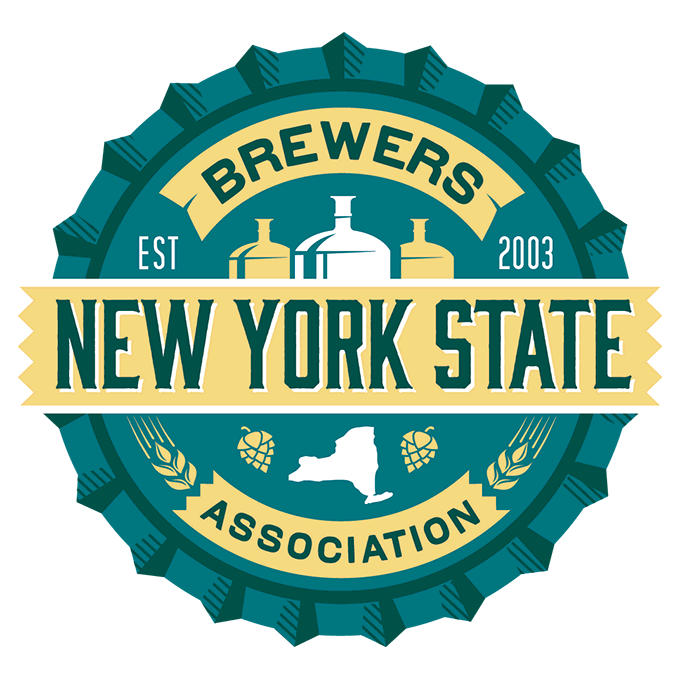
Following up on our last blog post PART I – “TRICK OR TREAT?” — REGULATORY INSPECTIONS, we want to highlight key points for how you can prepare for a regulatory inspection.
– Requiring a search warrant in all but most adversarial context will make regulators be more adversarial so most do not require a warrant unless there is reason to believe criminal action is intended
– Search warrants define scope of inspection (materials gathered beyond the defined scope may not be used against the facility)
– If search warrant is offered or required, do not allow inspector to do more than what is required by search warrant
2. Determine position on scope of “consent” to inspection
– Allow employee interviews
– Photographing or sampling
– Assert “confidentiality” claims, including Attorney/Client privilege, and business confidentiality privilege (“trade secret”)
3. Establish initial inspection procedures
– Obtain and copy the credentials of all members of regulatory inspection team
– Instruct receptionist (or whoever is responsible for “greeting” visitors) to notifying response person/team
– Consider whether legal counsel should be contacted
– Notify appropriate individual within organization responsible for overall regulatory compliance ASAP
– Enforce any safety rules during the inspection
4. Consent to inspection can be withdrawn at any time during the inspection
1. Assemble and preview all records and documents relevant to the regulatory programs covered by the inspection
– Flag and do not give documents that are covered by privilege
– Be prepared to list these documents by date and topic for inspector
2. Pre-inspect all areas subject to the inspection and determine if corrective measures can be implemented prior to the inspection
Nixon Peabody LLP has a team of attorneys and environmental, health & safety professionals with extensive experience working with clients to perform these activities as well as assisting in identifying appropriate consultants that can provide these services.
